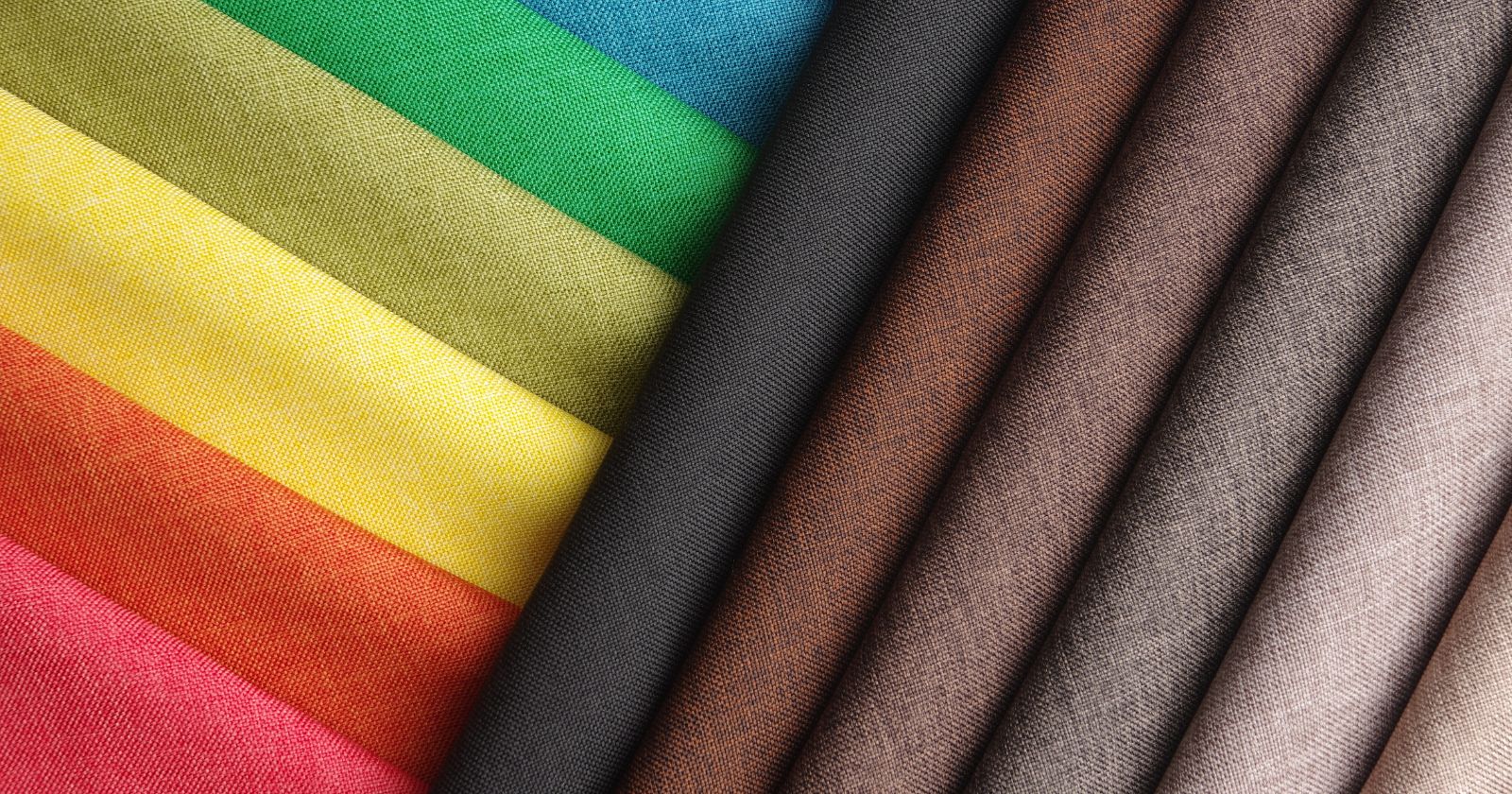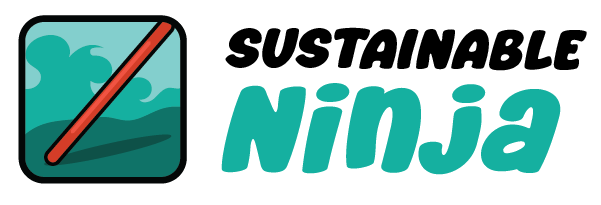Which is best – silk sheets and silk bedding, or high quality cotton sheets? And which of these two fabrics is better for fashion? Or for the environment? We analyze the differences between these two natural fabrics below!
Both cotton and silk fabric are great choices, with similar moisture wicking properties, although cotton is a little more breathable. Silk fabric has a better drape and superior softness, although it costs more and is harder to clean; organic cotton is a bit more affordable and typically more durable. Both silk and cotton, when made organically, can be sustainable options.
Read on for our detailed comparison table and more information below:
Silk vs Cotton Comparison Table
| Property | Silk | Cotton |
|---|---|---|
| Other Names | – | – |
| Made From | Silk is a soft and shiny fiber harvested from silkworm cocoons. | Fibers from cotton plant seeds |
| Advantages | Smooth, soft and luxurious. Looks and feels fantastic. | Cotton fiber has superior wet strength and is a natural insulator. Cotton also has natural anti-microbial properties |
| Disadvantages | Less practical than many other fabrics. Heat retention, water-resistance and color-fastness are all poor, and overall less durable than many other fabrics. | Higher production costs than many other fabrics, particularly for organic cotton. |
| Uses | Fashion, particulary luxury items, as well as lining for mens suits, ties, and pocket squares. Other uses include curtains, sheets, pillows, and upholstery. | Cotton is widely used in clothing, including to produce popular woven fabrics such as denim, flannel, and canvas. Also used for bedsheets, towels, and upholstery. |
| Natural or Synthetic | Natural | Natura |
| Woven or Knitted | Either, typically woven | Woven |
| Thread Count | Up to 600 | 100-1000+ |
| Washing | Safest to dry clean only. Hand washing may leave to fading. Do not put in the washing machine. | Typically fine in washing machine (always check the label first) |
| Drying | Air dry only | Often fine in tumble dryer, although shrinkage can occur especially if 100% cotton (check the label first). If unsure, air dry. |
| Ironing | Do not iron. Silk should be steamed. | Iron while damp (use a spray) on high heat |
| Wrinkle Resistance | Doesn’t tend to wrinkle | Wrinkles easily |
| Heat Retention | Poor | Medium |
| Moisture Wicking | Good | Good |
| Breathability | Good | Very Good |
| Stretchability | Low | Medium |
| Flammability (untreated) | Very High | Very High |
| Water-Resistance (untreated) | Poor | Poor |
| Color-Fastness | Poor | Good |
| Strength | Good, but weaker when wet | Good, especially when wet (cotton gets stronger when wet) |
| Durability | Medium | Good |
| Drape | Fluid | Medium |
| Softness | Very Good | Good |
| Environmental Impact Score (A is best, E is worst) | Normal Silk = C, Organic Silk = B | Conventional Cotton = E, Organic Cotton = B, Recycled Cotton = A |
| Sustainability Issues | Silk production is relatively low impact, and does not require too many fertilizers or pesticides. Organic silk is best, and readers may also want to look for humane silk which harvests after the moths have left (instead of with the pupae inside). | Cotton growing can be pesticide and water intensive, leading to pollution. Less impact when grown organically. |
| Vegan | No | Yes |


